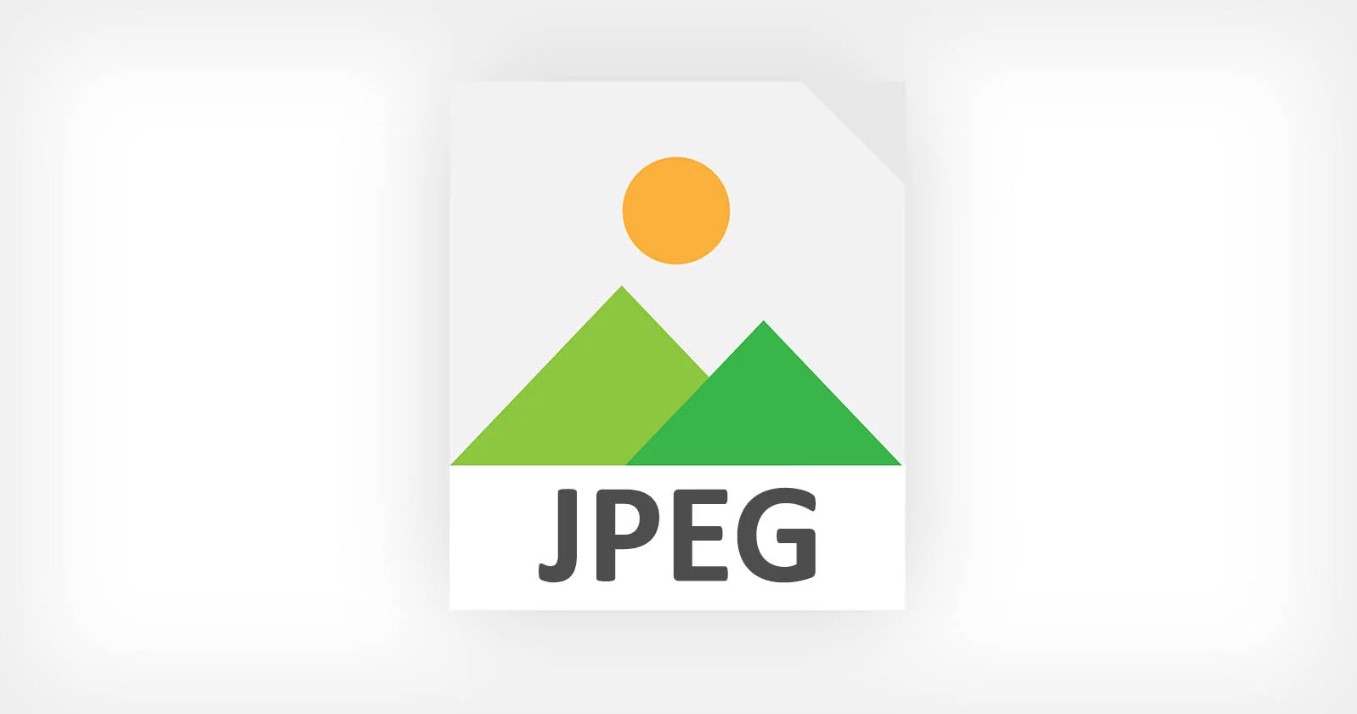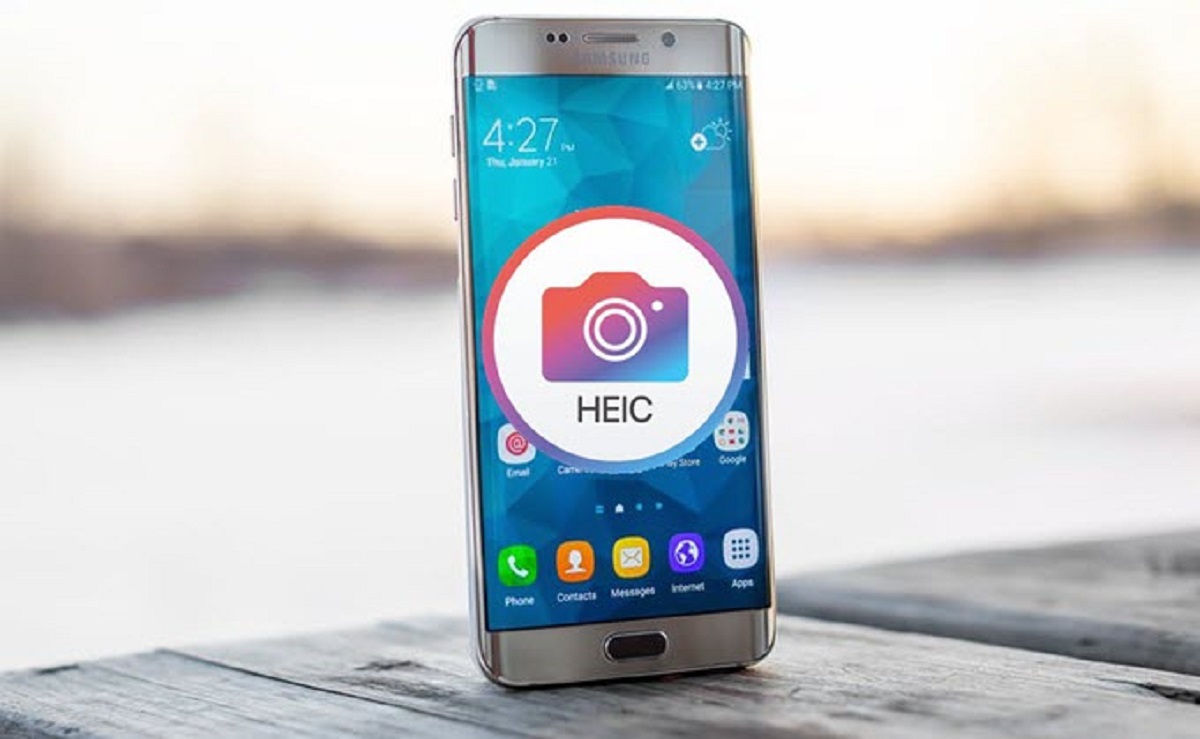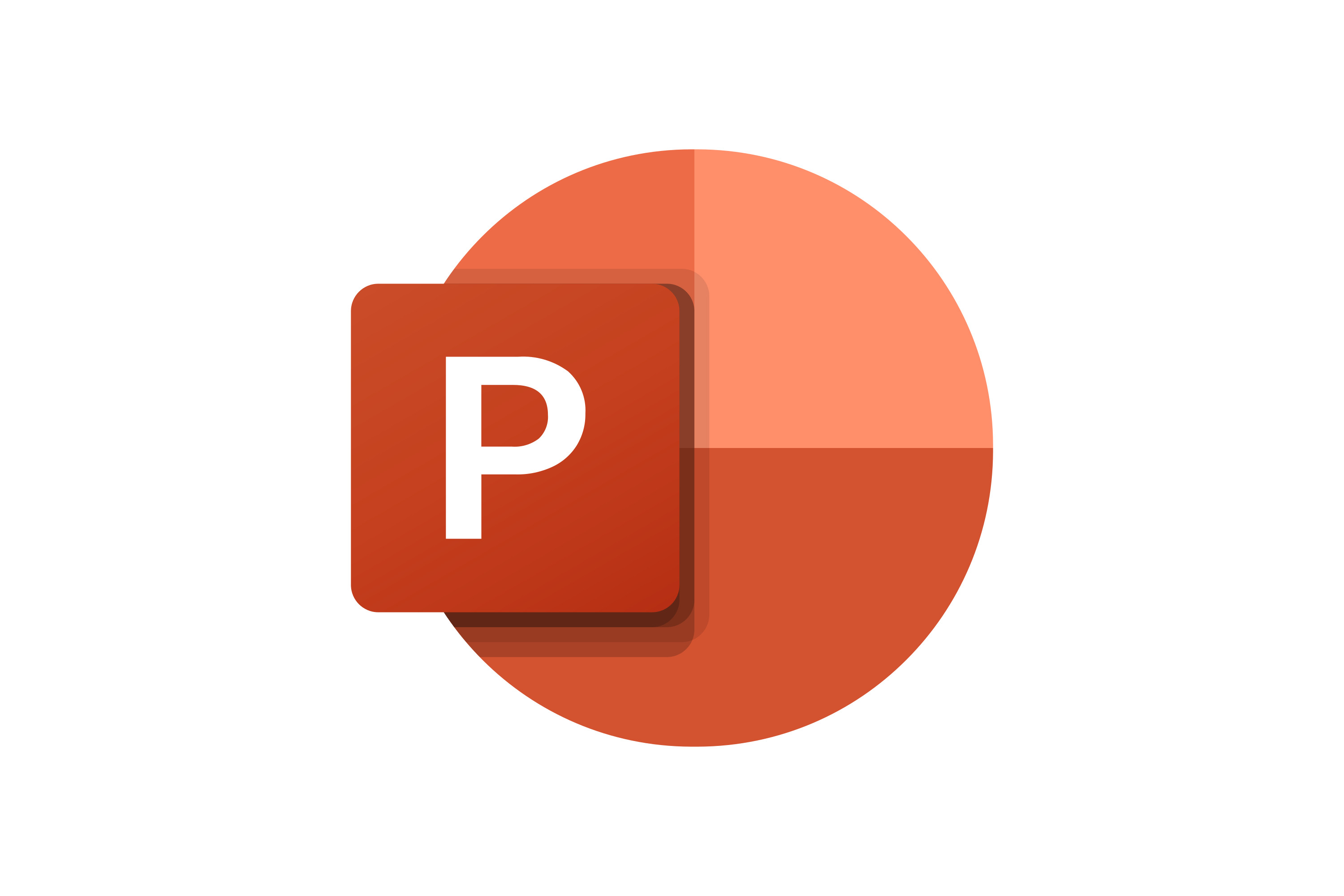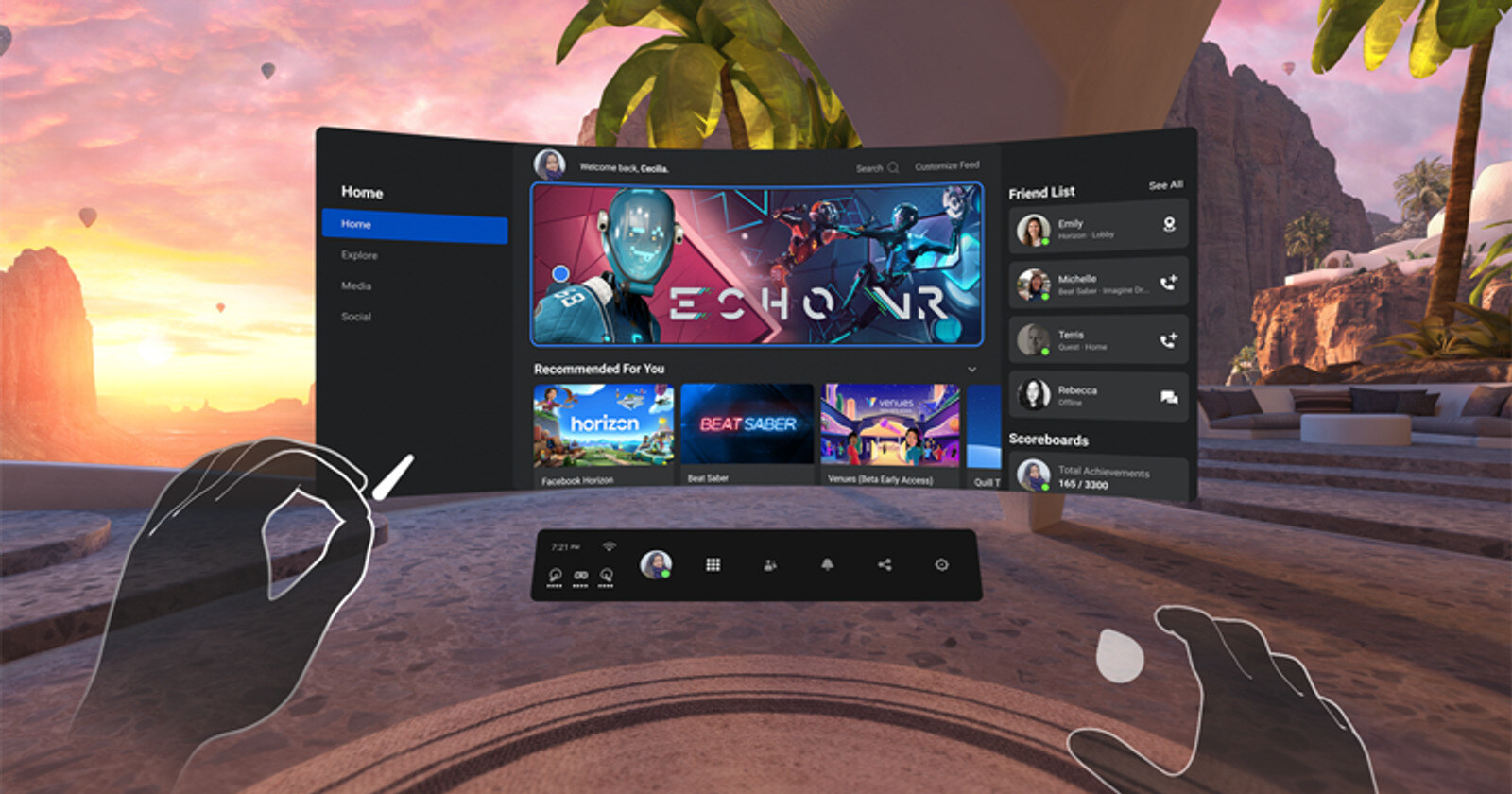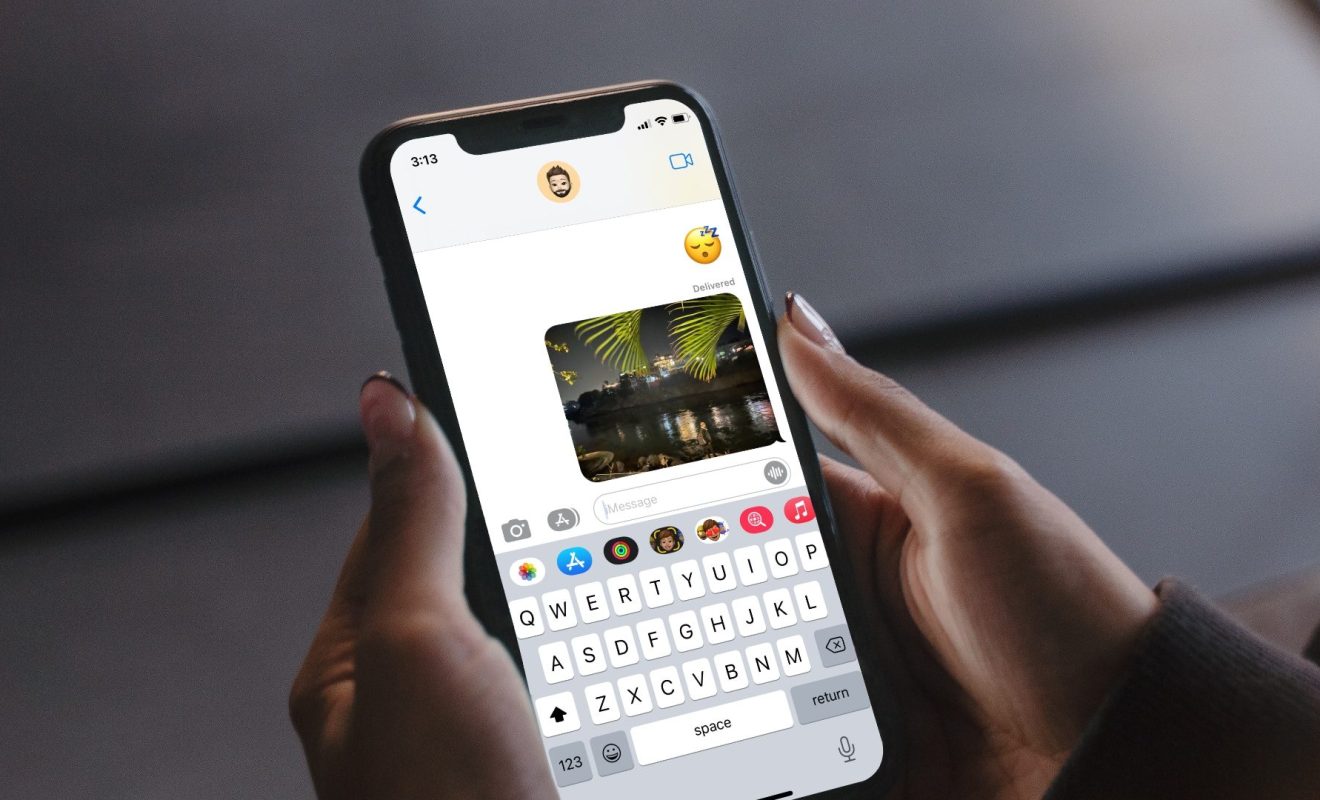Introduction
Downloading images from the internet is a common task that many of us need to accomplish. Whether you’re looking to save a stunning photograph, an eye-catching graphic, or an inspiring piece of artwork, knowing how to download an image as a JPEG is essential. JPEG is one of the most widely used image formats due to its excellent quality and compatibility with various devices and platforms.
In this article, we will guide you through a step-by-step process on how to download an image as a JPEG. You don’t need any advanced technical skills; all you need is a basic understanding of using a computer and accessing the internet. By following these simple steps, you’ll have your desired image saved to your device in no time.
So, whether you’re a blogger searching for captivating visuals for your website, a student working on a presentation, or simply someone who appreciates beautiful imagery, let’s dive right in and explore how you can easily download an image as a JPEG.
Step 1: Find the image you want to download
The first step in downloading an image as a JPEG is to find the image you want to save. This might involve browsing through various websites, searching for specific keywords, or navigating through online galleries.
If you already have a specific image in mind, you can directly search for it using a search engine or visit a website where the image is available. Websites like Unsplash, Pixabay, and Flickr offer a wide range of high-quality images that are free to use.
Alternatively, if you are looking for an image related to a particular topic, you can use search engines to find images based on specific keywords. Enter relevant search terms in the search bar and click the “Images” tab to filter the results and see image-specific search results.
Once you have located the image you want to download, ensure that the image is displayed in full view or at a size that you find suitable. This will ensure that you download the image in the best possible quality. Some websites allow you to click on the image to enlarge it, while others might provide a “View Image” or “Download” button next to the image.
Take your time to find the perfect image that meets your requirements and appeals to you visually. Remember, the image you choose can have a significant impact on the overall aesthetics of your project, so it’s worth spending a little extra time to find the right one.
Step 2: Right-click on the image
Once you have found the image you want to download, the next step is to right-click on the image. Right-clicking allows you to access a context menu with various options, including the option to save the image to your device.
To right-click on the image, position your cursor directly over the image. Ensure that you are clicking on the actual image and not any surrounding elements or advertisements. Then, press the right mouse button.
When you right-click on the image, a menu will appear. The appearance and options in the menu may vary depending on the web browser you are using, but there are a few common options you can look for.
Among the options in the context menu, you should see “Save Image” or “Save Image As.” This option allows you to save the image to your device. Move your cursor over this option and left-click on it to proceed to the next step.
If you don’t see the “Save Image” or “Save Image As” option in the menu, there might be different wording for the same action. Look for options like “Download Image,” “Download Picture,” or “Save Picture As.” The wording might differ slightly, but the functionality should be the same.
Keep in mind that some websites have disabled the right-click functionality to prevent images from being downloaded. In such cases, you may need to find an alternative method to download the image, such as using a browser extension or contacting the website owner for permission.
By right-clicking on the image and accessing the context menu, you are just a few steps away from saving it to your device and being able to use it for your own purposes.
Step 3: Select “Save Image As”
After right-clicking on the image, a context menu will appear with several options. In this step, you will select the option that allows you to save the image to your device. This option is usually labeled as “Save Image As.”
To select “Save Image As,” move your cursor over the option in the context menu. It may be listed directly in the menu, or you may have to hover over additional sub-menus, such as “Save Image” or “Save Picture,” to reveal the “Save Image As” option. Left-click on “Save Image As” to proceed.
When you select “Save Image As,” a file-saving dialog box will open. This dialog box is where you can specify where you want to save the image on your device and what you want to name the file.
Take a moment to navigate to the location on your device where you want to save the image. You can choose to save it in a specific folder or on your desktop for easy access. Once you have selected the desired location, you can enter a filename for the image.
When choosing a filename, try to make it descriptive and relevant to the image, as this will help you identify it later. It’s also a good practice to keep the file extension as “.jpg” or “.jpeg,” indicating that it is a JPEG image file.
After you have chosen a location and filename for the image, click “Save” to initiate the download process. The image will now be saved to your specified location on your device. The time it takes to download the image will depend on the file size and your internet connection speed.
Remember to be patient during the download process and avoid closing the browser or navigating away from the page until the download is complete.
By selecting “Save Image As,” you have taken a significant step towards acquiring the image in JPEG format and preserving it on your device.
Step 4: Choose the location to save the image
After selecting “Save Image As,” a file-saving dialog box will appear. In this step, you will choose the location on your device where you want to save the downloaded image.
When the file-saving dialog box opens, you will see a navigation pane that allows you to browse through your device’s folders and directories. Take a moment to navigate to the preferred location where you want to save the image.
You can choose to save the image in an existing folder or create a new folder specifically for storing downloaded images. Creating a dedicated folder can help you keep your files organized and easily accessible in the future.
To create a new folder, click on the “New Folder” or “Create New Folder” option in the file-saving dialog box. Give the folder a descriptive name that will help you identify its contents, such as “Downloaded Images” or “Image Collection.”
Once you have chosen the location or created a new folder, make sure it is selected in the file-saving dialog box. You can confirm the selection by checking that the path displayed in the dialog box corresponds to your desired location.
It is important to choose a location where you can easily find the saved image later. Consider factors such as ease of access and organization when deciding where to save the image.
After selecting the location, you can proceed to the next step. Keep in mind that the final step will involve specifying the name of the file as well as the file format.
By carefully choosing the location to save the image, you are ensuring that you can easily locate and retrieve the downloaded image whenever you need it.
Step 5: Select JPEG as the file format
After choosing the location to save the image, the next step is to select the appropriate file format. In this case, we want to save the image as a JPEG.
When saving an image, it’s important to select the correct file format to ensure optimal quality and compatibility. JPEG, also known as JPG, is a widely supported and highly efficient image format that balances file size and image quality.
To select JPEG as the file format, you need to pay attention to the options available in the file-saving dialog box. In this dialog box, you will typically see a dropdown menu or a format selection field labeled “Save as type” or “Format” that allows you to choose the file format.
Click on the dropdown menu or field, and you should see a list of available file formats. Look for the option that mentions JPEG or JPG. Click on this option to select it as the desired file format for saving the image.
In some cases, the file format may already be preselected as JPEG, especially if the image is originally in that format. In such cases, you don’t need to make any changes. Confirm that JPEG is indeed the selected format before proceeding to the next step.
Choosing JPEG as the file format ensures that the saved image maintains its original quality while achieving a reasonable file size. It also ensures that the image can be easily opened and viewed on a wide range of devices and platforms.
Once you have selected JPEG as the file format, you are ready to move on to the final step of the process and initiate the actual download of the image.
Step 6: Click “Save” to download the image
After selecting JPEG as the file format, the final step to download the image is clicking the “Save” button. This action will save the image to the designated location on your device with the chosen filename and JPEG format.
Ensure that you have reviewed the selected location and filename in the file-saving dialog box. Double-check that everything is correct and exactly as you want it.
Once you are satisfied with the location and filename, click the “Save” button in the file-saving dialog box to initiate the download process. The browser will now start the download and transfer the image file from the internet to your device.
Depending on the size of the image and the speed of your internet connection, the download process may take a few seconds or longer. It’s important to remain patient and avoid interrupting the download by closing the browser or navigating away from the page.
Once the download is complete, you will receive a confirmation message indicating that the image has been successfully saved to the specified location on your device.
Now, the image is ready to be accessed and used for your desired purposes. You can open it using an image viewer or editing software, share it with others, or incorporate it into your projects, presentations, or website.
Just remember to respect the copyright and licensing conditions associated with the image. If it is a copyrighted image or if there are any usage restrictions, make sure to obtain the appropriate permissions or use it within the allowed limits.
By clicking “Save,” you have successfully completed the process of downloading the image as a JPEG. Congratulations!
Conclusion
Downloading an image as a JPEG is a straightforward process that allows you to save captivating visuals, stunning photographs, and inspiring artwork to your device. By following the simple steps outlined in this article, you can easily download and store images for personal or professional use.
We began by introducing the importance of JPEG as a widely supported image format known for its quality and compatibility. Then, we walked through the step-by-step process of downloading an image as a JPEG.
First, we discussed the importance of finding the image you want to download and explored different methods of locating images, including searching for keywords or browsing through websites and galleries.
Next, we covered the crucial step of right-clicking on the image to access the context menu and selecting “Save Image As.” This action initiates the download process and allows you to choose the location on your device to save the image.
In the following step, we discussed the importance of selecting JPEG as the file format. We highlighted the benefits of JPEG, such as maintaining image quality while achieving a reasonable file size and ensuring compatibility with various devices and platforms.
Finally, we concluded the process by clicking “Save” to download the image. This action saves the image to the specified location on your device, ready for you to access, use, or share according to your needs.
Remember to use downloaded images responsibly, respecting copyright and licensing restrictions. Always obtain the necessary permissions or adhere to the allowed usage limits when using copyrighted images.
Now that you have learned how to download an image as a JPEG, you can enhance your projects, presentations, or website with visually appealing and high-quality images.
So, go ahead and explore the vast digital realm, find the perfect image, and let your creativity soar!







